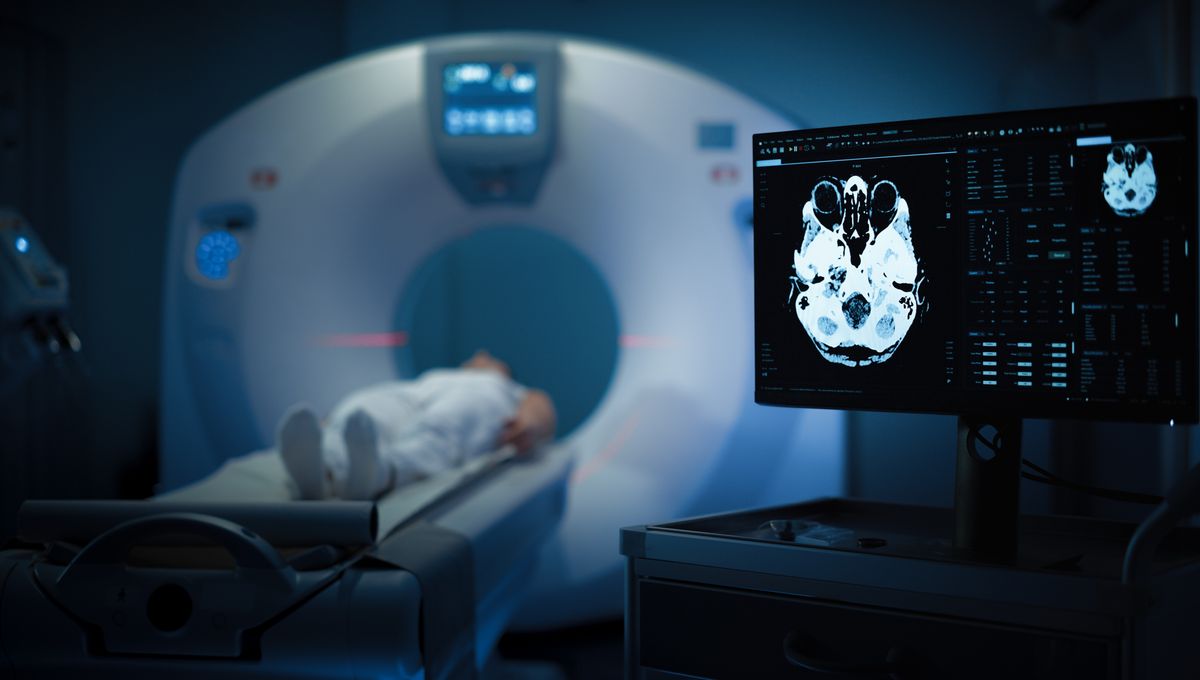
Researchers have found that people scoring high for psychopathy have structural changes in parts of their brains related to impulse control and emotional regulation. The results further our understanding of people with these associated personality traits and behaviors and could lead to new treatments and rehabilitation strategies.
Psychopathy is a tricky subject due to decades of misinformation and outdated ideas about the condition. Contrary to what many think, there is no official clinical diagnosis in modern manuals, such as the American Diagnostic and Statistical Manual of Mental Disorders, that will lead someone to be called a “psychopath”. Instead, there are particular personality traits and behaviours – ie, lacking emotion, manipulativeness, impulsivity, lack of remorse, superficial charm, and chronic antisocial behaviour – that a person may have to greater or lesser extremes.
But while high psychopathy is a medical construct and not a synonym for being “evil”, it is true that high scores in these traits can be indicators of persistent violent behavior. Individuals with strong psychopathic traits are more likely to commit crimes, cause greater injury, and have a higher risk of returning to such acts again. This introduces a substantial burden on society and can cause psychological and physical harm to victims.
It is therefore important for us to have ways to not only identify people with these traits but to find ways to treat them in sustainable ways.
In their new study, researchers in the US and Germany used advanced brain imaging to examine the structural changes that occur in the brains of people with high psychopathy. Operated on the assumption that these traits could be mapped onto different regions of the brain, they examined 39 male psychopathic subjects using advanced neuroimaging techniques and the Julich-Brain Atlas, a publicly available tool for studying the brain.
The participants with high scores were selected using the Psychopathy Checklist-Revised (PCL-R), a 20-item scale that assesses individuals on the levels of their emotional detachment (Factor 1) and their antisocial behaviour (Factor 2). These individuals were then matched with non-psychopathic control subjects, after which all of the participants underwent MRI scans of their brains. The volumes of the participants’ brain regions were then examined using the Brain Atlas, and statistical models were established to assess the relationship between their volume and their psychopathy scores.
The results were mixed. For Factor 1 scores, the team found very weak evidence of brain structure variations between those with high psychopathy and the control subjects. However, when it came to Factor 2, there was a clear association between lower volumes in several brain areas for those who scored high. These lower volumes were found in areas such as the basal ganglia, a group of interconnected structures that are primarily involved in motor control as well as emotion, cognition, and reward-related learning. Differences were also present in participants’ thalamus, an important relay point for processing and directing sensory and motor information to the cerebral cortex, the brainstem, and the insular cortex, involved in emotional processing and social cognition, among other things.
Those with high psychopathy were found to have 1.45 percent less total brain volume when compared to the control group, especially in the cortex and the right subiculum part of the Hippocampal Formation, the anterior cingulate, and the insular cortex. All these areas play an important role in shaping our personality, emotional regulation, moral judgement, and impulse control.
“The present results suggest that the behavioral disturbances that are captured by the PCL-R factor 2 are associated with volume deficits in regions which belong to frontal-subcortical circuits that could be involved in behavioral control”, the team writes in the paper.
“The results of the group comparison tentatively suggest a rather widespread disturbance of brain development in psychopathic subjects.”
Although these results offer valuable insights into how brain volumes potentially differ between most of the population and those with high psychopathy traits, there are some important limitations. Firstly, the sample size is very small, meaning that statistical results should be taken with a pinch of salt. At the same time, participants were assumed not to be under the influence of any drugs at the time of the study, but long-term usage prior to participation could influence an individual’s brain structure.
Nevertheless, the results call for further investigation into this subject, as the authors express: “Questions for future studies are e.g., to what degree these structural differences are heritable or associated with e.g. environmental factors.”
The paper was published in European Archives of Psychiatry and Clinical Neuroscience.
Source Link: Scientists Think They've Pinpointed Structural Differences In Psychopaths' Brains